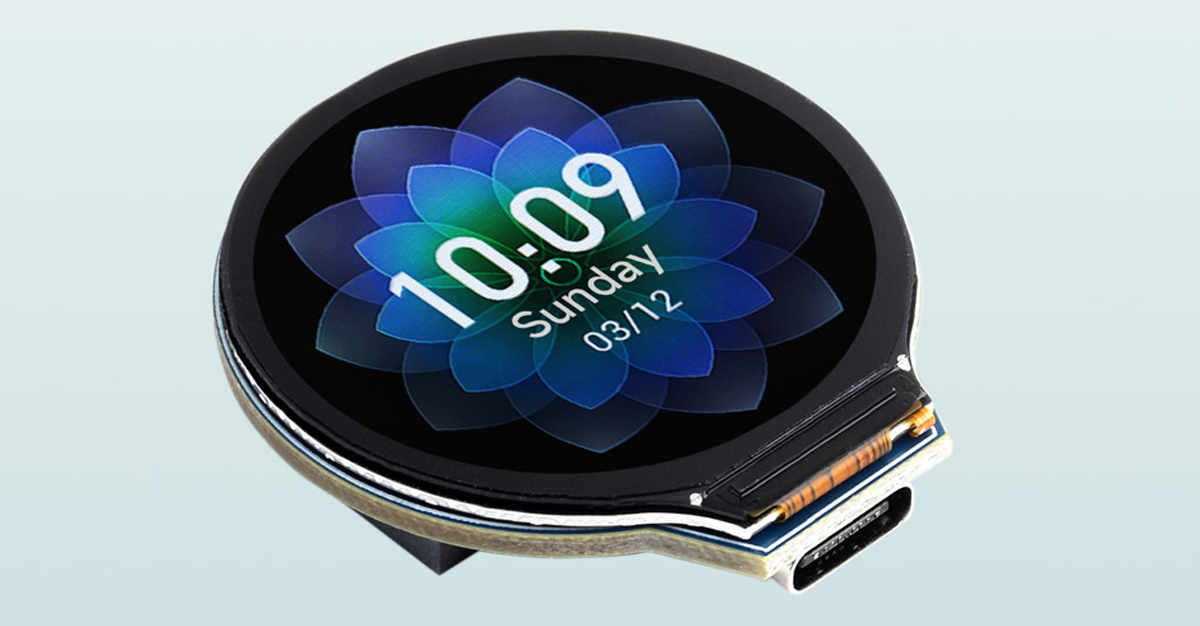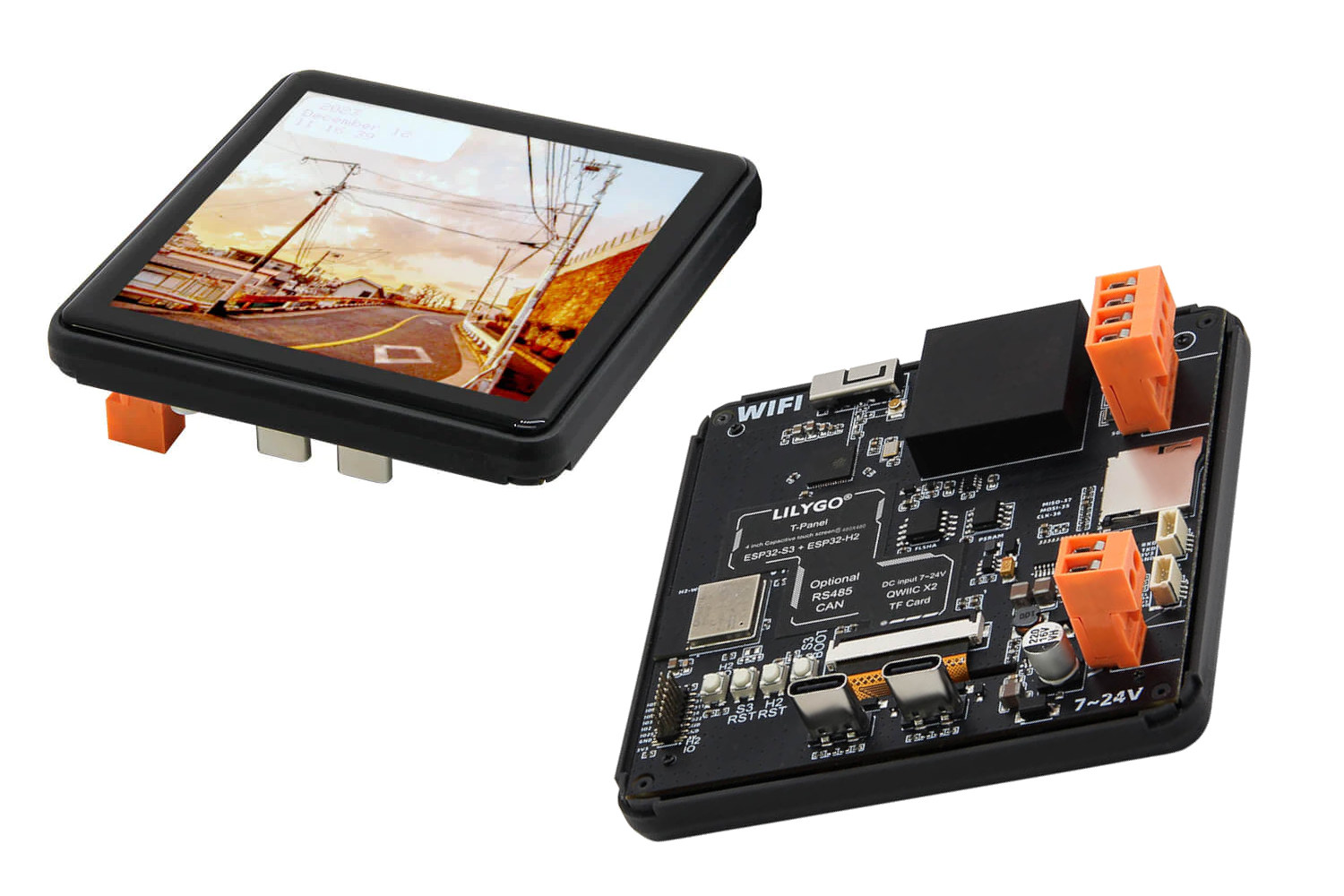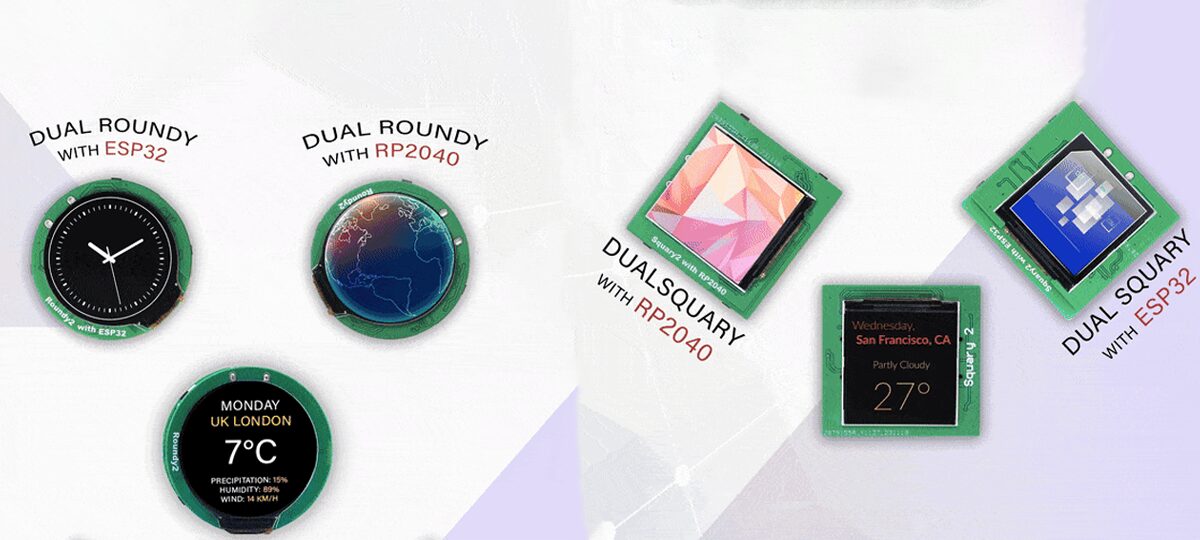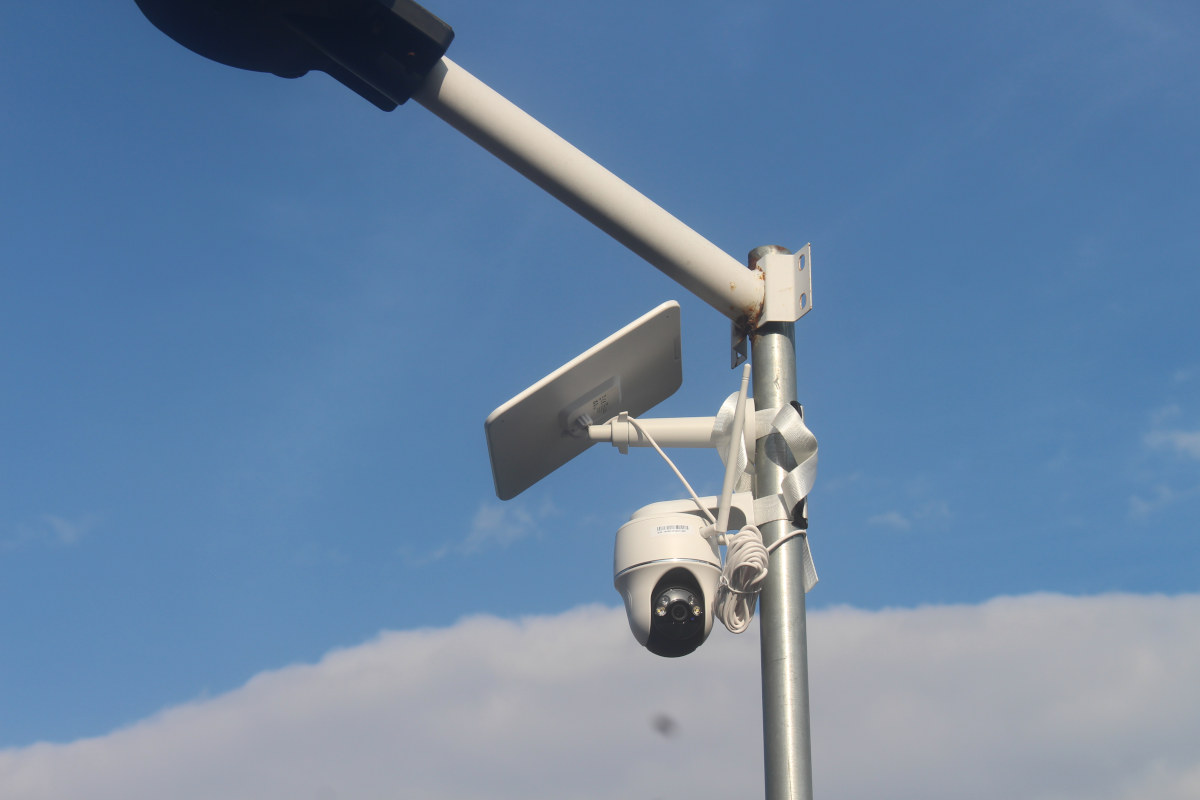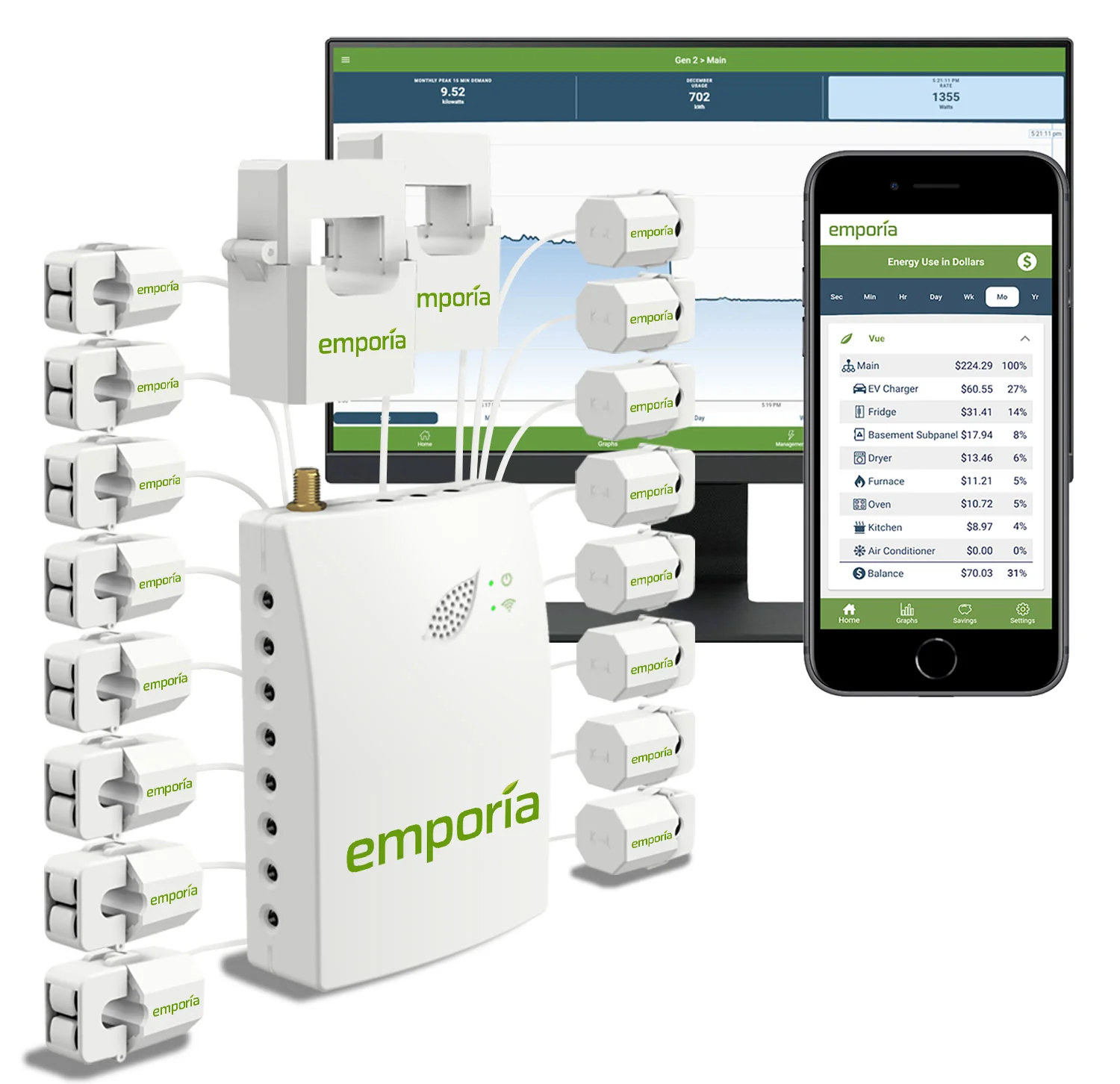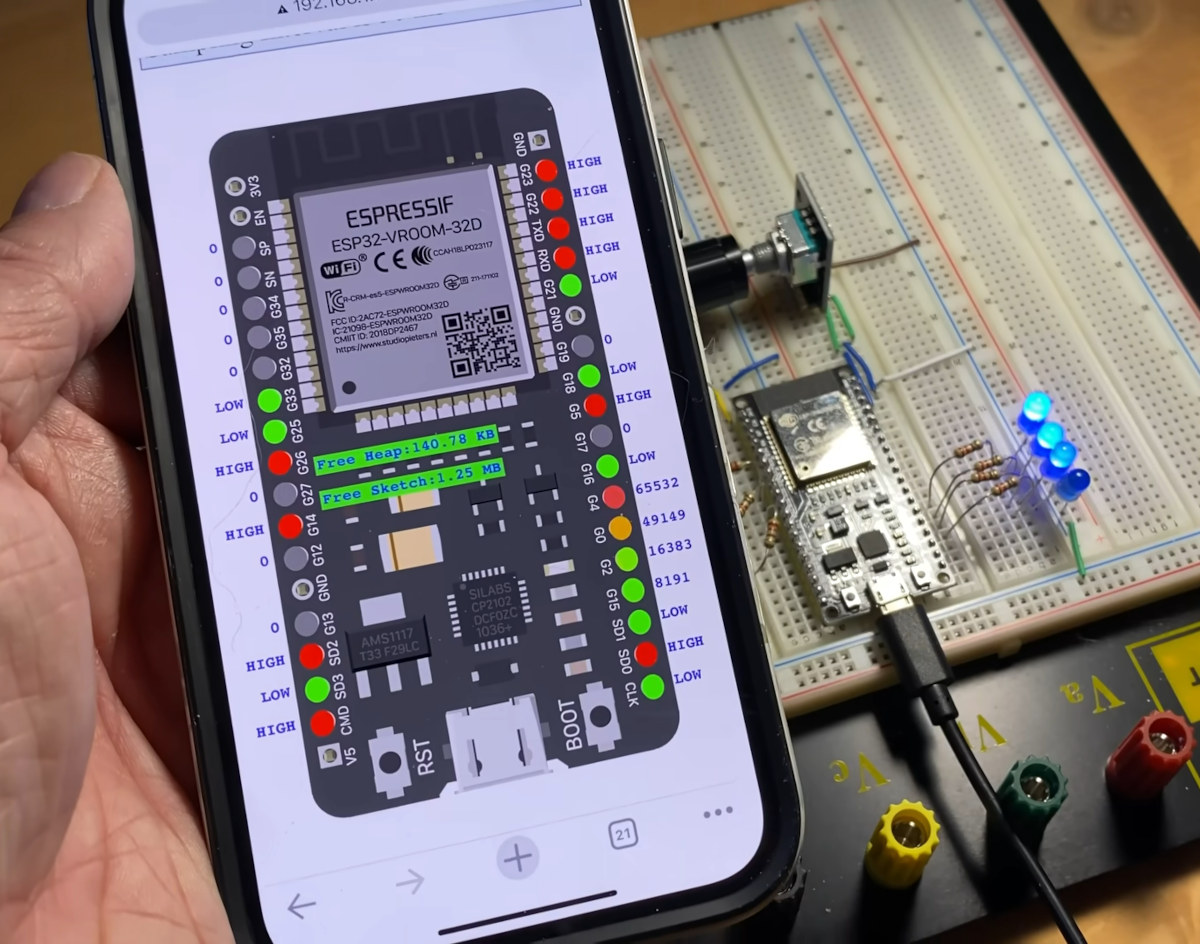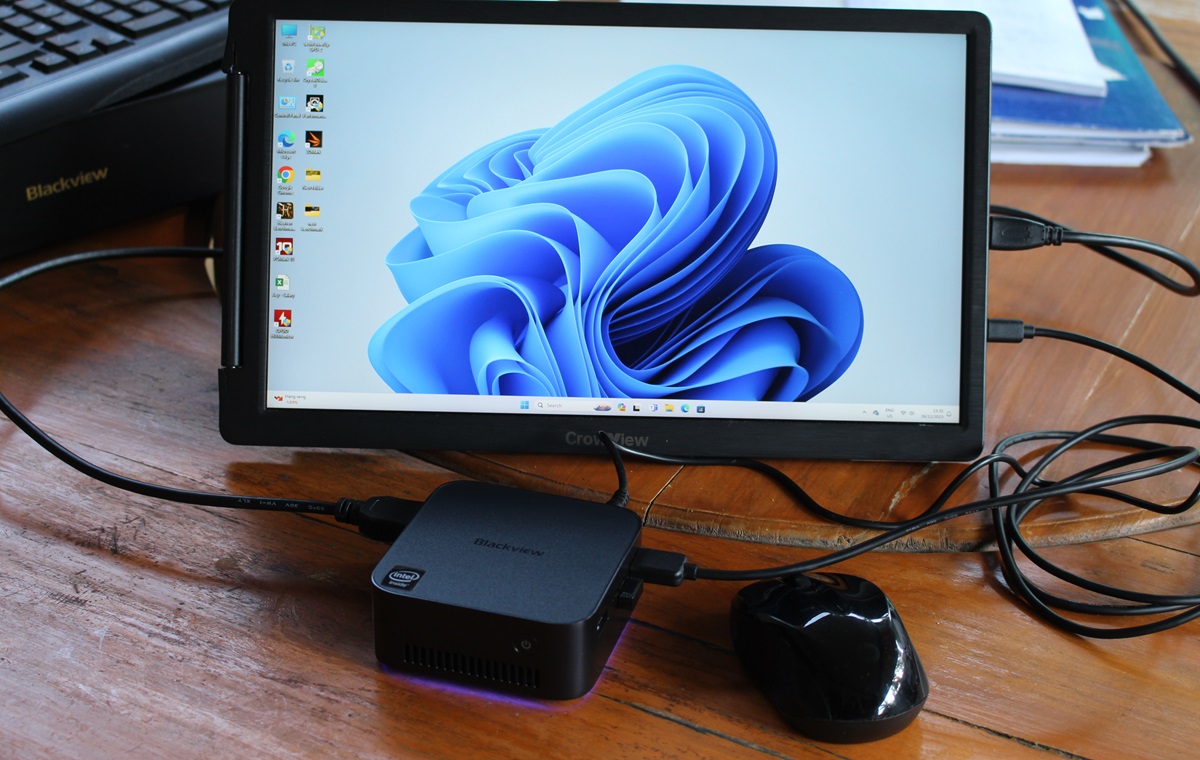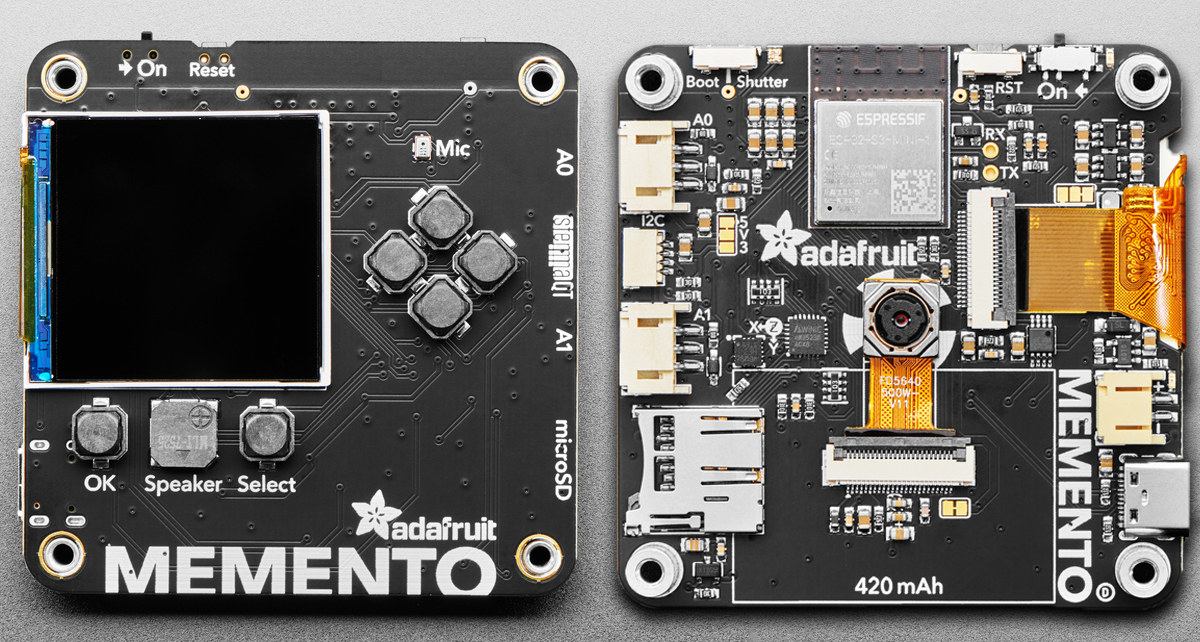The Waveshare “ESP32-S3-LCD-1.28” is an ESP32-S3-based display board featuring a 1.28-inch round LCD screen with a 240×240 resolution, driven by the GC9A01 display driver chip. It also includes a Li-ion battery charger, a QMI8658 6-axis IMU (for motion tracking), a USB Type-C connector, and wireless capabilities. This board is quite similar to others like the Lilygo T-RGB, Round Display for XIAO, ESP32-S3 Round SPI boards. However, it’s thinner and more affordable. Waveshare ESP32-S3-LCD-1.28 development board specifications: Wireless MCU – ESP32-S3 Xtensa 32-bit LX7 dual-core, up to 240MHz frequency. Display: 1.28-inch round IPS LCD. Resolution – 240×240 pixels. 65K color. Display Chip – GC9A01A. IMU Parameters: Sensor – QMI8658 Accelerometer resolution – 16-bit; Range (Optional): ±2, ±4, ±8, ±16g. Gyroscope resolution – 16 bits; Range (Optional) – ±16, ±32, ±64, ±128, ±256, ±512, ±1024, ±2048°/sec. Memory: Built-in 512KB SRAM. 384KB ROM. Onboard 2MB PSRAM. External 16MB Flash memory (W25Q128JVSIQ). Wireless Connectivity: […]
LILYGO T-Panel – A 4-inch HMI display and WiFi, BLE, and 802.15.4 gateway based on ESP32-S3 and ESP32-H2
LILYGO T-Panel is both a 4-inch HMI display and IoT gateway based on ESP32-S3 WiFi 4 and Bluetooth LE 5 microcontroller and an ESP32-H2 module with Bluetooth LE 5 and an 802.15.4 radio for Zigbee, Thread, and Matter connectivity. Last year, Espressif introduced the ESP-Thread Board Router/Zigbee gateway board with ESP32-S3 and ESP32-H2 to show how both chips could be combined to create IoT gateways. But I don’t think I had seen a company design a product based on both ESP32-S3 and ESP32-H2 until I saw the T-Panel which also includes an RS485 interface and Qwiic expansion connectors for good measure. T-Panel specifications: Wireless chips/modules Wireless SoC – ESP32-S3R8 dual-core Tensilica LX7 microcontroller @ 240 MHz 2.4 GHz 802.11n WiFi 4 and Bluetooth 5.0 LE connectivity Memory – 8MB PSRAM Wireless module – ESP32-H2-MINI-1 module MCU – Espressif Systems ESP32-H2 32-bit RISC-V microcontroller at up to 96 MHz with 320 […]
SB’s Dual Roundy and Squary Displays are powered by RP2040 or ESP32-S3 microcontrollers (Crowdfunding)
SB-Components has launched Dual Roundy and Dual Squary display modules powered by Raspberry Pi RP2040 or ESP32-S3 microcontrollers. These compact modules feature a 6-DoF IMU, interchangeable displays, and multiple storage and connectivity options. The Dual Roundy is equipped with two 1.28-inch round displays, with a 240 x 240 resolution, and uses the GC9A01 display driver IC. In contrast, the Dual Squary features two 1.54-inch square displays with a 240 x 240 resolution but utilizes the ST7789 display driver. Both displays offer a choice between a Raspberry Pi RP2040 MCU and the ESP32-S3-WROOM-1 module catering to different needs in performance and wireless capabilities. We’ve previously explored other rounded displays like the MaTouch ESP32-S3, T-RGB ESP32-S3, and ESP32-S3 Round SPI TFT. We’ve also examined other products from SB Components such as the Cluster HAT, PiMecha, PiTalk 3G HAT, and Micro RP2040. Feel free to check these out for more interesting tech insights. […]
Reolink Argus PT Ultra review – A solar powered 4K WiFi Pan-and-Tilt smart security camera
Nearly four years ago, I reviewed the solar-powered Reolink Argus PT pan-and-tilt security camera. The device worked (and still works) mostly fine, but it was at a time when security cameras did not implement AI features like people and vehicle detection just yet relying only on PIR motion sensors so I’d get plenty of false positives. The WiFi connection is not overly reliable either especially when I tried to access the camera from outside my house, something that does not happen with the PoE and 4G LTE models from the company. Reolink asked me whether I wanted to review the new Reolink Argus PT Ultra security camera with higher 4K resolution, dual-band WiFi support, as well as people, vehicle, and pet detection, and most of the same other features found on the older Argus PT. So I took up on the offer and I’ve used it for about one month […]
Emporia Vue Gen 2 energy monitor ships with 16 CT clamps, supports single and three-phase power
We’ve just written about the “Smart Powermeter” measuring the power consumption of AC appliances through six CT clamps and running either ESPHome or Arduino firmware on ESP32-S3 WiFi and Bluetooth microcontroller. Some people asked about tri-phase and having more CT clamps. One of the commenters then recommended readers to look at the Emporia Vue energy monitor that ships with 16 CT clamps for individual devices/rooms, two 200A CT clamps for whole house monitoring, and supports single-phase up to 240VAC line-neutral, single, split-phase 120/240VAC, and three-phase up to 415Y/240VAC (no Delta). So let’s do that now. Emporia Vue Gen 2 specifications: Connectivity – 2.4 GHz WiFi 4 Probes 2x 200A current sensors for service mains; 3.5mm plug; dimensions: 65 x 44 x 41mm 16x 50A current sensors to individually monitor air conditioner, furnace, water heater, washer, dryer, range, etc; 2.5mm plug, dimensions: 41 x 23 x 26; accurate from ±2% […]
Watch ESP32’s GPIO status in real-time in a web browser
GPIOViewer is an open-source Arduino library allowing users to monitor the GPIO pins status of their ESP32 board in real-time in a web browser for troubleshooting or fun. It’s different than the Wokwi ESP32 simulator that works entirely in a web browser since the GPIOViewer library sends GPIO status data of the actual hardware over WiFi to display the pin status as they change in a page rendered in a web browser from a choice of popular ESP32 development boards. The GPIOViewer library relies on the ESPAsyncWebServer Async web server for ESP8266 and ESP32 and the AsyncTCP asynchronous TCP library for ESP32 microcontrollers. The first two must be manually downloaded and installed, and the latter can be installed directly from the Arduino IDE’s Library Manager by searching for it. GPIOViewer has a 50 KB footprint, works with digital, analog, and PWM, and supports various ESP32-VROOM-32 development boards, Olimex ESP32-EVB and […]
Review of Blackview MP80 (Processor N97) mini PC with Windows 11 Pro
Blackview MP80 is a tiny pocket-sized mini PC powered by either an Intel Alder Lake-N Processor N95 or Processor N97 CPU with 16GB LPDDR5 RAM and a 512GB M.2 SSD preloaded with Windows 11 Pro. We’ve already reviewed the Blackview MP80 (N95) mini PC a few months ago, but the company has now sent us the Processor N97 model for review. Both models look identical with the same ports including three HDMI 2.0 video outputs, three USB ports, and two gigabit Ethernet ports, plus a Wi-Fi 5 and Bluetooth 4.2 wireless module. The mini PCs are also actively cooled, and the only obvious differences are the processor (Intel N95 vs N97) and the color of the enclosure. We usually do a three-part review with the first one listing the specs, and going through an unboxing and a teardown, but for the Blackview MP80 (N97) review we will do those and […]
MEMENTO is an ESP32-S3-based, CircuitPython or Arduino programmable DIY camera module
Adafruit’s new MEMENTO – Bare Board Camera module is powered by the ESP32-S3 and can be programmed with CircuitPython or Arduino. The module includes a camera with an OV5640 sensor which features auto-focus capabilities and the board includes a 1.54″ 240×240 Color TFT to display the images. Previously we have covered many ESP32-based camera modules like the TinyML-CAM, the Arduino Nicla Vision, TTGO T-Camera, and many other camera modules that feature the OV5640 sensor you can check those out if interested. Features and Specifications of the MEMENTO ESP32 Camera Module: Processing and Connectivity ESP32-S3 Module Dual-core 240MHz Tensilica processor 8 MB Flash, 2 MB PSRAM WiFi and BTLE capabilities Camera and Display OV5640 Camera Module 5MP sensor 72-degree view Autofocus JPEG encoder 1.54″ Color TFT Display with 240×240 resolution Storage – MicroSD card slot (SPI) Ports and Expansion Two Digital/Analog Stemma Ports – JST PH-3 connectors for A0, A1, power, […]


